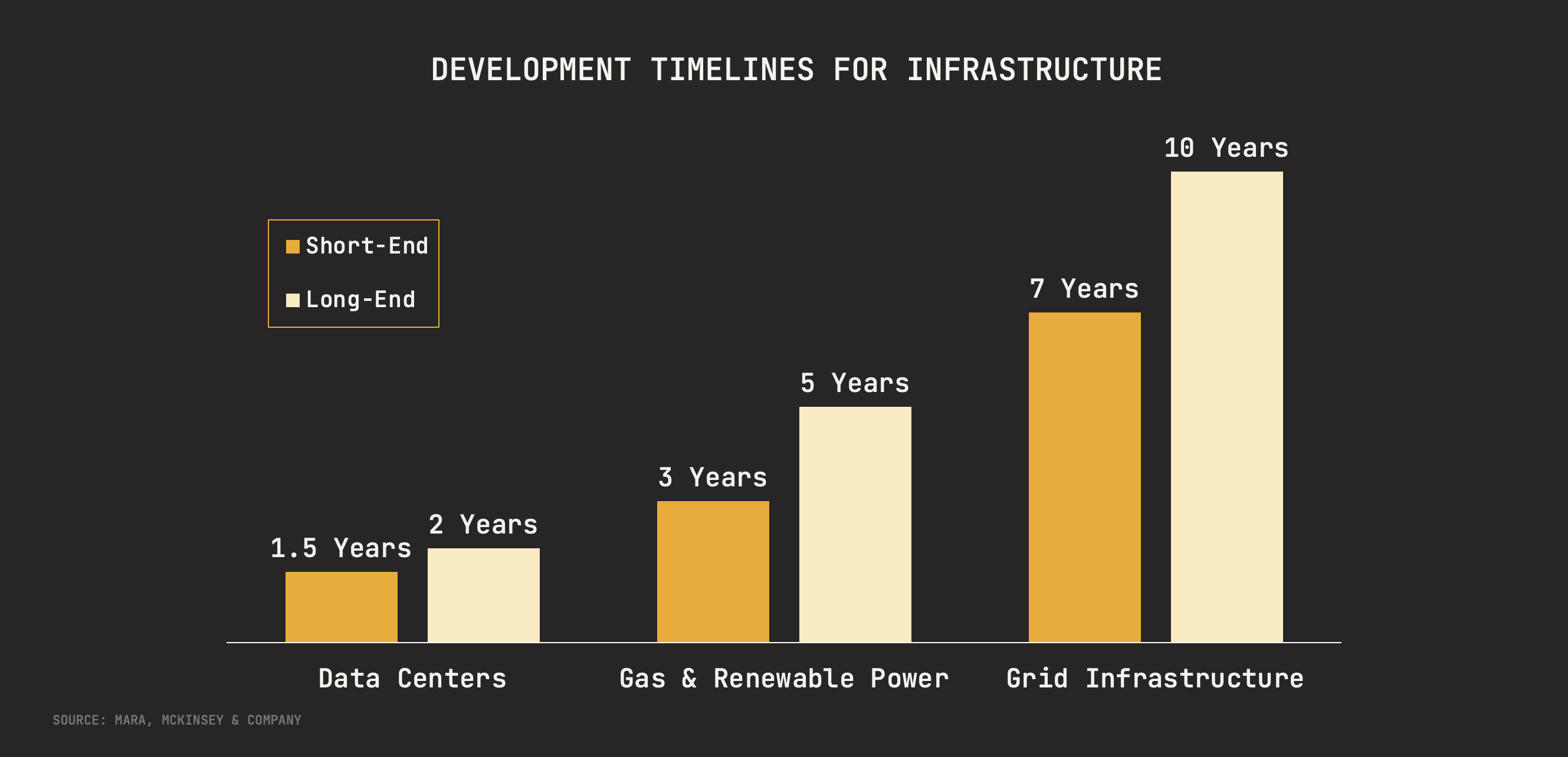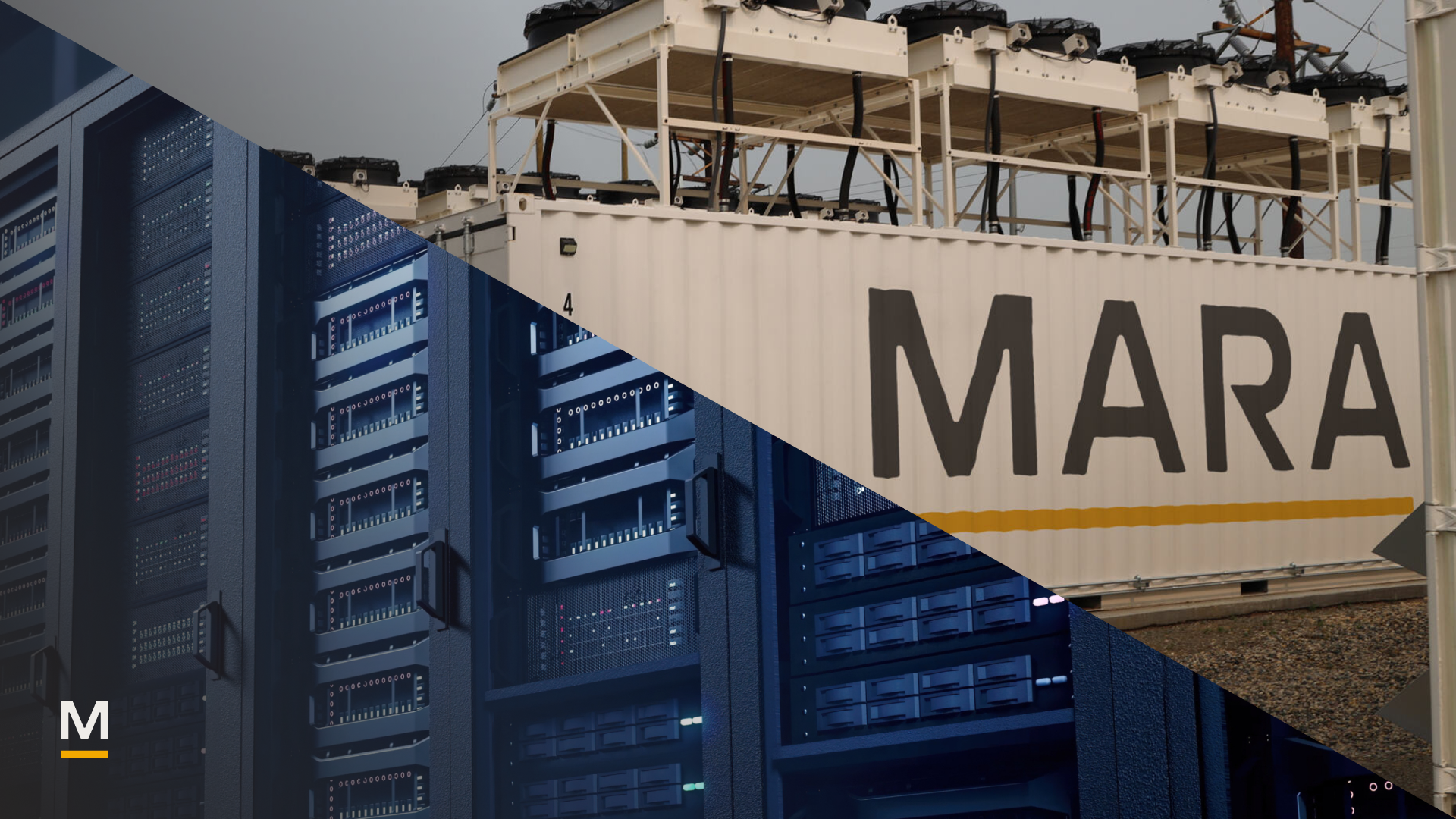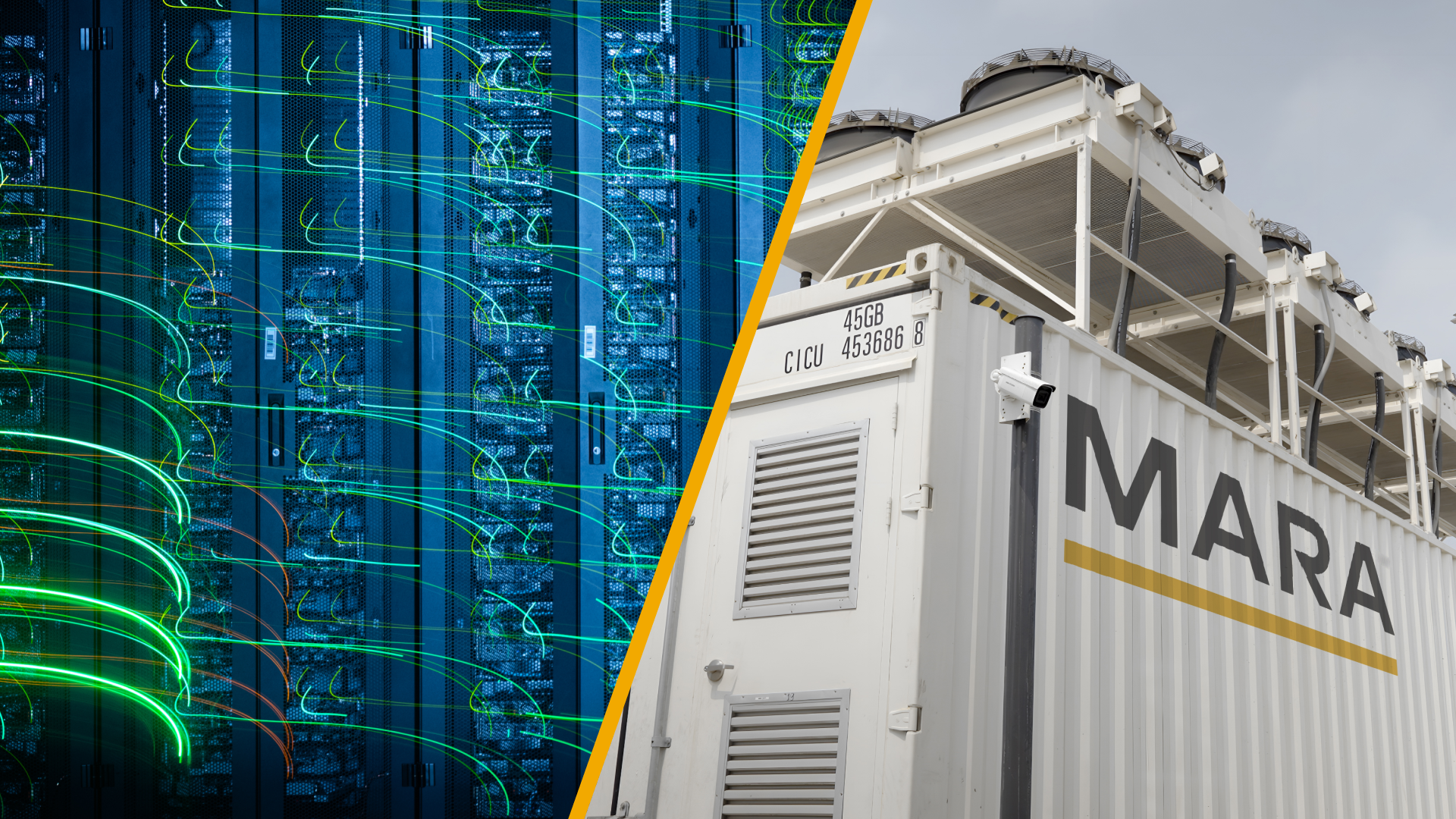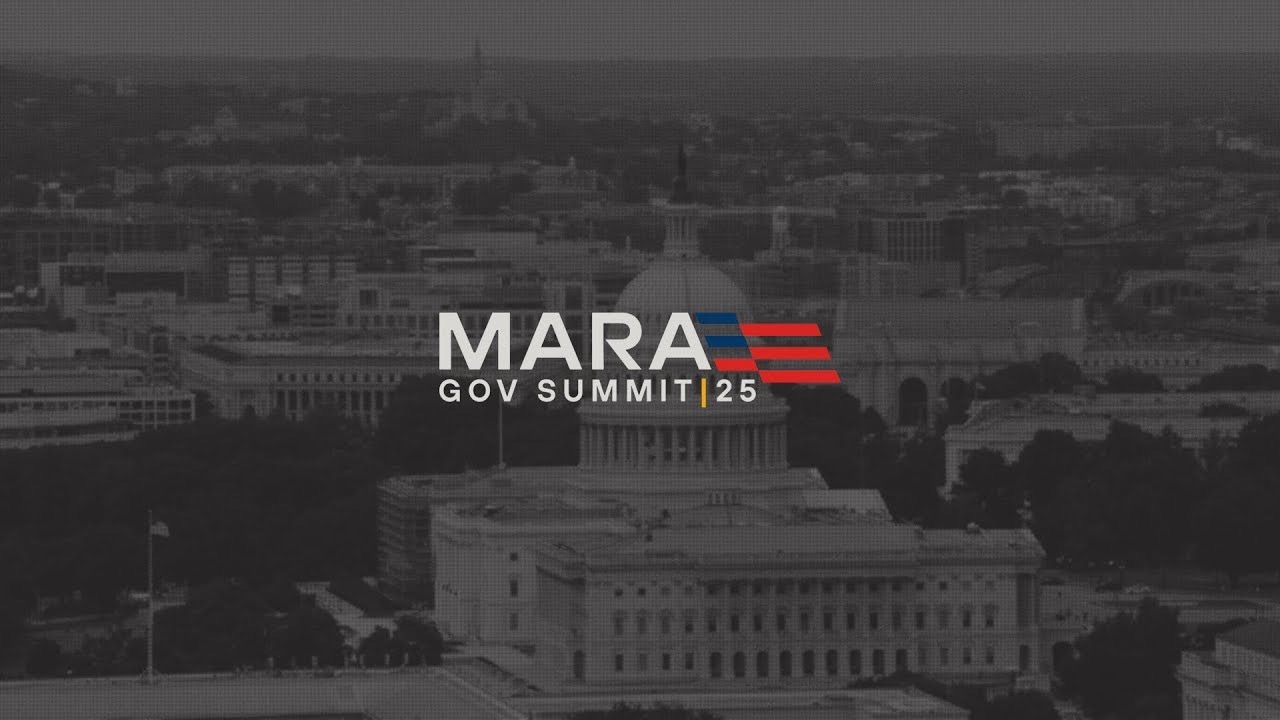“We are in the middle of an energy revolution, and it is racing quickly towards 2030 faster than all of us had imagined.” -Salman Khan
Power, compute, and finance are converging, and the pace is accelerating. By 2030, AI power demand is set to climb 255%, requiring an estimated $5.2 trillion in AI data center investment and $720 billion for grid upgrades to accommodate increases in demand. The race to build the infrastructure of intelligence is not coming; it’s already here.

But the grid isn’t keeping up with AI’s explosive demand, with new transmission regularly taking up to 10 years to build compared to as little as 18 months for new data centers. Under this constraint, value flows to operators who can scale quickly and securely – those who can move faster than the infrastructure around them: operators with AI-ready sites, flexibility, and owned power.

1. AI-Ready Sites: Building at the Speed of Intelligence
In Q3 2025 alone, AI companies announced $15.7 billion* in investments and partnerships linked to large-scale mining infrastructure. That capacity already exists – it’s built, connected, and proven. Operators with established, power-intensive sites can accelerate AI and HPC projects without waiting for new construction or grid interconnection. MARA’s 1.8-gigawatt portfolio, for instance, leverages industrial-scale assets, that meet many of the requirements for AI operations.
2. Grid-Aligned Flexibility: Turning Constraints into Leverage
Duke’s Nicholas Institute estimates that there are between 76 and 126 gigawatts on the U.S. grid today that could be tapped by flexible loads – demand that scales up and down depending on energy availability. Many AI sites today have rigid demands, making it difficult for them to access this available capacity. Bitcoin mining companies, like MARA, have been operating large data centers flexibly for years. We currently operate 1.1 gigawatts of flexible compute. Operational flexibility helps lowers costs, balance the grid, and could even unlock new capacity for AI workloads.
3. Owning the Power: Control at the Core
Owning generation provides a strategic edge in an era defined by constraint. Vertically integrated power can insulate operators from price swings, reduce third-party risks, and ensure consistent access to power. MARA, for example, has developed 139 megawatts of owned generation capacity, ahead of a broader shift across the industry: hyperscalers and enterprises are projected to own or lease three to four times more power by 2030 than they did in 2023 to achieve rapid, resilient deployment.
“Our cost to mine [bitcoin] is one of the lowest from an electricity cost-per-coin […] The same thing applies for AI.” - Salman Khan
Accelerating Intelligence: Electrons Are the New Oil
The explosive growth in AI data center energy demand brings both formidable challenges and extraordinary opportunities for those able to adapt under constraint. Strategic collaborations between AI firms and energy-intensive operators, such as Bitcoin miners, redefine how capacity is built and balanced. Yet true resilience will belong to those who combine scale with control – operators that not only already own AI-ready assets, but also own the power behind them and manage their compute loads with flexibility. In this new era, the winners won’t just process data and algorithms; they will command the electrons that make intelligence possible.
The energy revolution is here. Compute is currency. Power is the vault. Those who harness both will shape what comes next.
*Note: The total of $15.7 billion reflects the combined announced deal values of $9 billion, $3.7 billion, and $3 billion.




.png)





